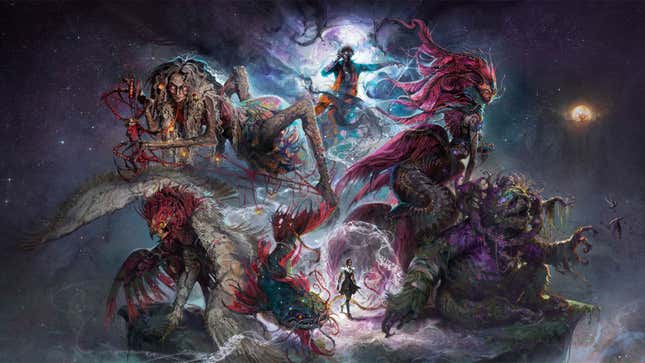
South Of Midnight Fans Will Love These Eight Riveting Films
Looking to spend more time chasing knots in the Great Tapestry? We've got some options for you

Looking to spend more time chasing knots in the Great Tapestry? We've got some options for you
The Great Tapestry, according to South of Midnight, wraps around the entire world, a place where every person’s story is just one tiny thread, and it’s up to weavers like our dear trackstar heroine Hazel to smooth out the knots when they happen. But while South of Midnight presents us with a half-dozen lurid tales of the tiny town of Prospero, and the American South in general, pop culture doesn’t exactly do our own home-grown myths justice, at least not with the very unique tone and timbre Compulsion Games’ crafted into South of Midnight, and especially not when brown folks are involved.
There are at least a few movies that get close, though, and if you’re not in a hurry to leave Prospero just yet after Hazel’s adventures tracking down her mom, we’ve got a few captivating little stories that’ll at least get you close to feeling like you’re weaving again.
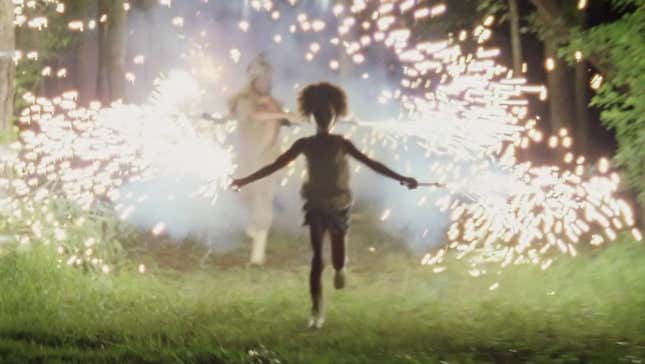
Probably the straightest of straight lines can be drawn from South of Midnight to Beasts of the Southern Wild. Despite Hushpuppy being much much younger than Hazel, this is one set of crochet hooks away from being the South of Midnight film you want. It’s a genuinely beautiful love letter to a world that still holds magic, even when Mother Nature regularly wipes the slate clean, and poverty strands its inhabitants in whatever hope, horror, or despair they had before. But more importantly, it’s a film told by people who’ve lived through it. They may be completely untrained as actors, but these are faces of people who’ve survived the worst. That sense of perseverance can’t be taught.
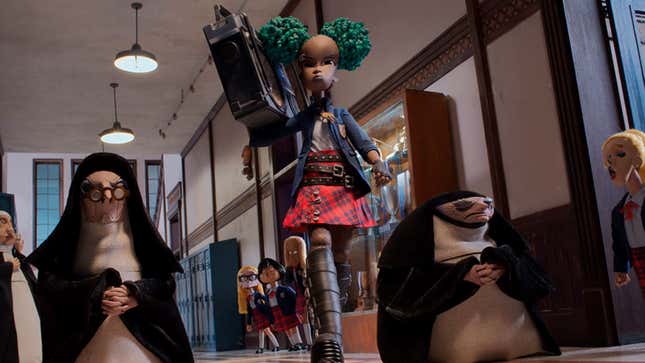
If you’re looking for something to match up to South of Midnight’s stop-motion aesthetic visually, who better to come running to than Henry Selick, the man behind Nightmare Before Christmas–no, Tim Burton didn’t actually direct it, and don’t you forget it—and Coraline. It’s a wild little death trip of stop-motion characters trekking back and forth between Earth and the Underworld, while a pair of demon brothers tries to hustle their way up the demonic food chain. At the heart of it, though, is Kat, an orphaned black girl who grows up with a massive chip on her shoulder, and a hell of a lot of black rock/punk/metal artists screaming in her ears. There’s nobody quite like her in all cinema, let alone in what’s ostensibly a kids’ film. You’re gonna love her.
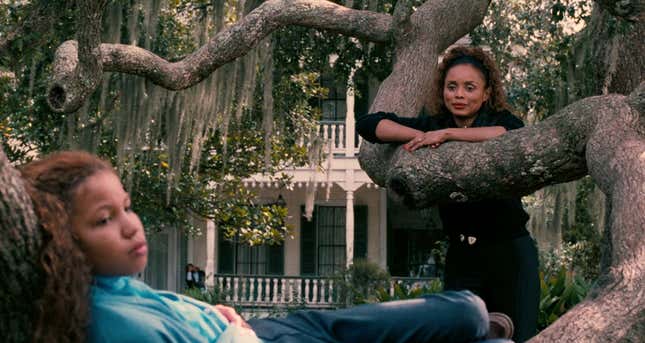
There is no shortage of stories about how deeply dysfunctional black families can be in the Deep South, but much, much there are fewer that manage to mix in some good old southern superstition and witchcraft into the mix. Eve’s Bayou has plenty of both, playing out like a sweatier, dirtier, black variant of Pan’s Labyrinth than, say, your average Toni Morrison adaptation. Come for Samuel L. Jackson playing a unique kind of complex, severely fucked-up father figure; stay for a black girl’s beautifully executed coming-of-age story.
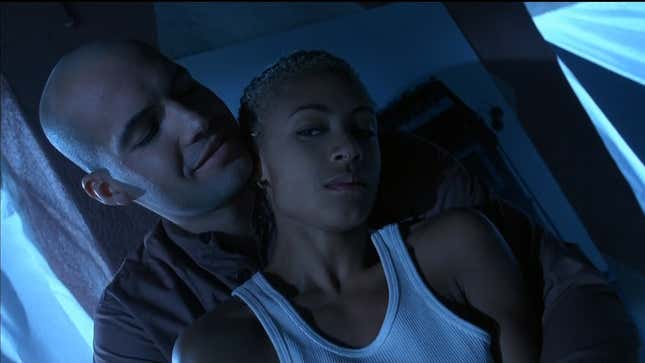
Now, technically, Demon Knight takes place in New Mexico over the course of one dark and stormy night, but there’s still this air about it It tells the story of a battle between ancient forces of good and evil converging to fight on the unlikeliest stage imaginable, surrounded by dirt poor locals just barely getting by in their little nowhere town. It feels like trashy southern gothic pulp even though it’s more southwestern, is the point. But also, it absolutely rules, with some wild bespoke biblical mythology, truly gnarly monster designs. Special focus on Jada Pinkett as one of the best take-no-shit final girls in horror history, but especially Billy Zane putting in an all-timer performance as The Collector. It’s also directed by Ernest Dickerson, who was the cinematographer behind everything Spike Lee did up through Malcolm X. We weren’t getting a lot of horror helmed by black folks in the ‘90s, so this is a major stand out in that regard too.
Oh, and you don’t get to hear much of it in the film, but the soundtrack rips. Pantera? Ministry? Machine Head? Sepultura? After the Cryptkeeper intro, the proper movie starts with Filter’s Hey Man Nice Shot. They so don’t make ‘em like that anymore.
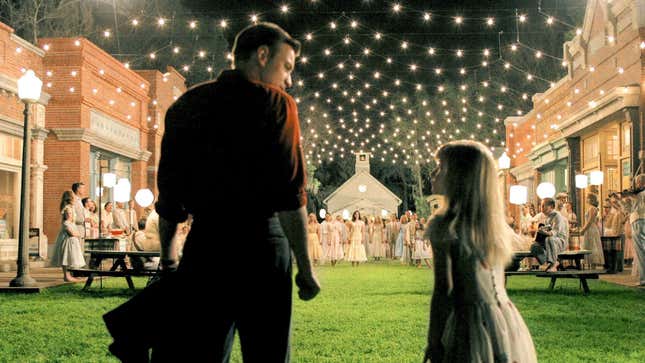
No, I swear this isn’t just because there’s also a giant fish in South of Midnight. Big Fish’s big fish doesn’t talk, anyway. No, mostly this one’s maybe the most traditional of films to go seek out, just on the strength of some undeniably captivating tall tales, and some really wonderful performances backing them up. It helps that this is Tim Burton still on his A-game, still not giving into his worst instincts, but imbuing all the magical elements with a distinct brand of weirdness.
Where it most links up with South of Midnight, though, is in the town of Spectre, a seemingly perfect Southern purgatory where sunshine, flowers and lemonade are all you need, despite also giving our dear hero William Bloom the tiniest glimpse to the other side of reality. That material is the strongest in the film by far, but it’s a small part of a genuinely wonderful whole.
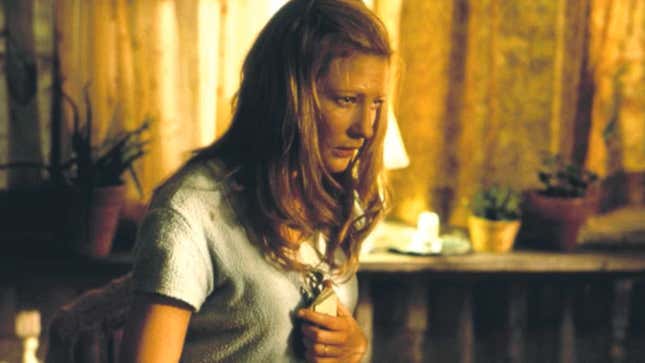
On the other side of the coin, you have Sam Raimi’s The Gift, a harrowing slice of small-town Southern life, barely hanging together on the strength of Cate Blanchett’s Annie Wilson, a psychic medium whose visions land her right in the middle of her tiny town’s worst drama. Some of the best supernatural stories involve putting one occult element in the middle of stark reality, and treating it seriously, much like one of the major threads in South of Midnight involves Bunny Flood looking for supernatural solutions to her unending grief. Not only is The Gift a prime example of that—a genuine hidden gem in Sam Raimi’s filmography—but also, even with an absurdly stacked cast, there is one major jaw-dropper of a performance: Keanu Reeves bringing his A-game playing a complete monster of an abusive redneck husband to Hilary Swank. He’s utterly–and believably–terrifying in the role, and probably for obvious reasons, he’s never played anything like it since.
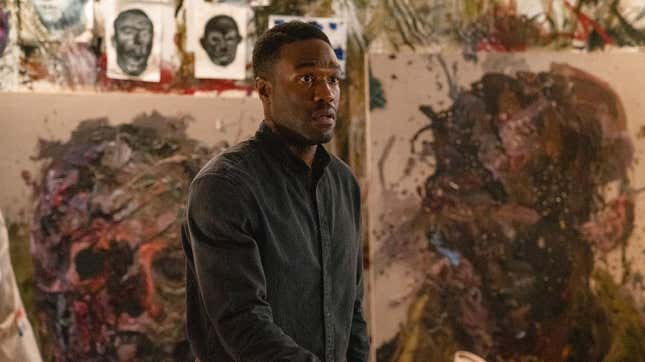
Sure, we could’ve picked the original just for the synergy–there’s more of Daniel Robitaille’s NOLA past explored in it for sure. However, we’re gonna run with the 2021 remake, because above all else, like South of Midnight, it’s a story about stories, the ones that don’t just travel through communities, scaring them shitless into acting right, but also the ones that promise that the wrongs of this world will be avenged, and the dead have a say in that, no matter how the 21st century might try to bury them. That’s a hell of an angle for what’s ultimately the third sequel to only one good movie, and it’s a powerful one in practice.
Also, not for nothing, but the shadow play performance during the credits is an outstanding grace note to the whole thing.
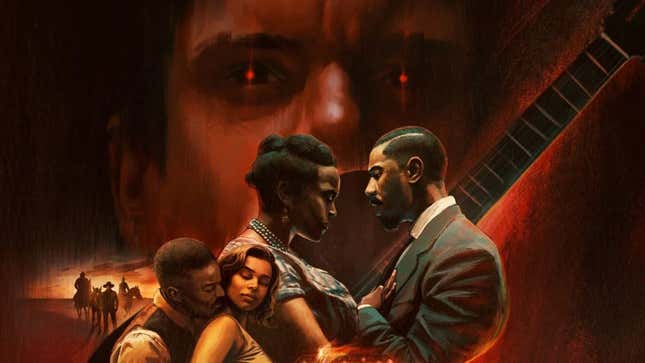
Coincidentally, maybe the best recommendation is the one that’s in theaters right this second. Sinners and South of Midnight feel like they’re in perfect dialogue together, with a few elements (hoodou, haints, music connecting to the ancestors) shared between them but approaching from different standpoints. For South of Midnight, it’s through the lens of healing and community and forgiveness for hurt people hurting people. For Sinners, though, it’s through a lens of survival, of the power the marginalized have even in times of powerlessness, and the ways that power reverberates through generations. As brilliant as South of Midnight is, as wonderfully as it uses music, Sinners one-ups it with its best, most beautiful sequence, where a virtuoso blues player’s music conjures the spirit of communal joy from our African ancestors all the way up to modern hip hop and metal.
Of course, that’s not to sidestep the fact that it also functions as a big, brutal period piece vampire movie that plays like a sexier, southern-fried From Dusk Till Dawn. It’s got something for literally everybody, but the broadest wavelength of this flick is speaking directly to BIPOC folks.
open article in new tabAdvertisement